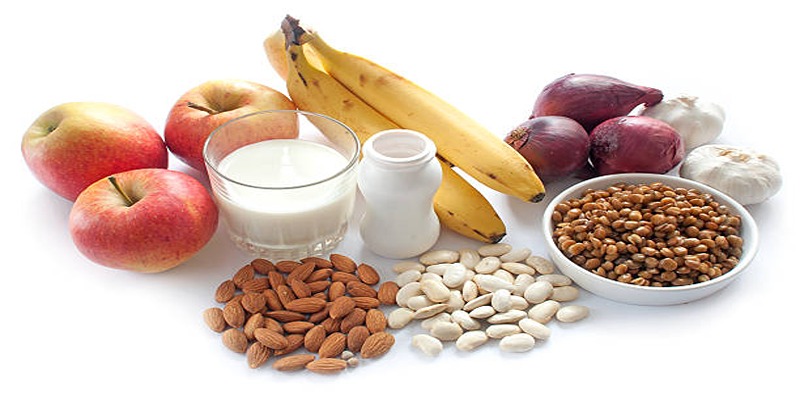According to experience and reason, walking is one of the most efficient training activities that have a significant impact on human health maintenance. This activity can be practiced by almost anyone, children, people of all ages regardless of their level of physical fitness, no equipment needed. Another than can be derived from the process of walking is the exercise helps to burn calories and hence one can be able to maintain their weight while gaining a lot of other health benefits. Normal walking exercises can help improve the heart health, tone the bones and muscles, and improve on emotions by the release of endorphins in the body.
The Caloric Benefits of Walking:
Organic movements such as walking are the basic functional movements that rely on calories for energy hence a basic component of fitness. The amount of calories one is endowed by a walk depends on his or her weight, speed, distance covered and the type of the surface. Heres a closer look at how these factors influence calorie expenditure:
1. Body Weight and Caloric Burn
Individuals with a higher body weight typically burn more calories during physical activities, including walking, because more energy is required to move a larger mass. For instance, a person weighing 160 pounds can burn approximately 314 calories per hour walking briskly at a pace of 4 miles per hour, while someone weighing 200 pounds may burn around 391 calories at the same speed.
2. Walking Speed and Intensity
The intensity of your walk significantly impacts calorie burn. A leisurely stroll burns fewer calories than a brisk walk. Engaging in power walking, which combines a faster pace with active arm movement, can further boost caloric expenditure while enhancing cardiovascular health.
3. Distance and Duration
The longer and more frequently you walk, the more calories you will burn. Gradually increasing your walking time each day can maximize calorie expenditure over the long term.
4. Terrain and Incline
Walking on varied terrain, such as trails or hills, or utilizing an incline on a treadmill, activates more muscle groups and elevates calorie burn. Uphill walking demands greater muscle activation in the legs and core, resulting in a higher caloric expenditure compared to flat surfaces.
Health Benefits of Regular Walking:

Walking offers numerous health advantages that contribute to physical fitness, mental wellbeing, and overall wellness.
1. Cardiovascular Health
Regular walking is beneficial for heart health. A brisk walk elevates heart rate, enhances circulation, and helps lower blood pressure and cholesterol levels. Research shows that consistent walking can significantly reduce the risk of heart disease, stroke, and hypertension.
2. Weight Management
Walking is an effective strategy for supporting weight loss and management. By increasing daily calorie expenditure, walking helps create a calorie deficit, which is essential for shedding excess weight. When paired with a balanced diet, regular walking promotes sustainable weight loss over time.
3. Enhanced Mental Wellbeing
Physical activity, such as walking, stimulates the release of endorphinsnatural mood boosters that alleviate stress and anxiety. Walking outdoors amplifies these benefits, as exposure to nature has been shown to enhance mood and cognitive function. Many individuals find walking to be an invaluable practice for mental relaxation and stress relief.
4. Muscle and Bone Strength
Walking builds strength in the lower body, targeting key muscle groups like the calves, quadriceps, and glutes. It also contributes to bone health by stimulating bone growth and reducing the risk of osteoporosis, a condition characterized by fragile bones.
5. Joint Health and Mobility
As a low-impact exercise, walking is safe for individuals of all ages. Regular walking can enhance joint mobility, decrease stiffness, and relieve pain associated with arthritis. By promoting flexibility in the joints, walking supports long-term mobility and functional independence.
6. Better Sleep Quality
Engaging in regular physical activity, such as walking, can enhance sleep quality. It helps individuals fall asleep more quickly and enjoy deeper, uninterrupted rest. Improved sleep has numerous positive effects on overall health, including better focus, enhanced immune function, and lifted mood.
Maximizing Your Calorie Burn While Walking:
To truly optimize your walking sessions and enhance calorie expenditure, consider the following strategies:
1. Increase Your Pace
Aim for a brisk walking speed where you can still hold a conversation, but feel slightly out of breath. Once youre comfortable, incorporate intervals by alternating between moderate and fast walking.
2. Add Hills or Inclines
Including hills in your route or adjusting your treadmill to an incline increases resistance, engages more muscle groups, and boosts calorie burn. Hills provide additional challenges for your legs and core, enhancing toning benefits.
3. Utilize Arm Movements
Swinging your arms or incorporating light hand weights can elevate your calorie burn and engage your upper body muscles. Just be cautious not to overdo it with weights, as excessive strain may affect your shoulders or back.
4. Practice Interval Walking
Interval walking involves alternating between brisk walking and slower recovery periods. This method, often referred to as high-intensity interval training (HIIT) walking, can significantly enhance calorie burn and improve cardiovascular fitness.
5. Engage in Power Walking or Add Resistance
Power walking, characterized by a faster stride and focused posture, is highly effective for burning calories. Some individuals opt to wear a weighted vest for extra resistance; however, its crucial to start with a light vest and gradually increase the weight.
Tracking Your Progress and Staying Motivated:

Maintaining motivation and tracking your walking progress can lead to significant improvements in health and fitness. Here are ways to keep your walking routine engaging and rewarding:
1. Set Realistic Goals
Begin with achievable goals tailored to your fitness level. For instance, aim to walk for 30 minutes daily for a week, then gradually increase the duration or intensity.
2. Monitor Your Steps and Distance
Utilizing a fitness tracker or smartphone app can help you keep tabs on the distance walked, steps taken, and calories burned. Tracking your progress fosters a sense of accomplishment and motivates you to reach new milestones.
3. Change Your Route
Walking the same path can become tedious. Explore new trails, parks, or neighborhoods to keep your routine fresh and exciting. A change of scenery may also encourage you to walk longer and more frequently.
4. Walk with Friends or Join a Group
Walking with others can enhance the experience and provide accountability. Many communities offer walking groups or clubs where you can meet like-minded individuals with similar health aspirations.
5. Listen to Music or Audiobooks
Listening to music, podcasts, or audiobooks can make walking more enjoyable. Audiobooks can enrich longer walks, while upbeat music can elevate your pace and motivation.
Conclusion:
Walking is a versatile and sustainable form of exercise that seamlessly integrates into various lifestyles. Its low-impact nature and extensive benefits make it suitable for individuals of all ages and fitness levels. By setting realistic goals, diversifying your routine, and understanding the factors that influence calorie burn, you can transform walking into a powerful element of your wellness journey.







